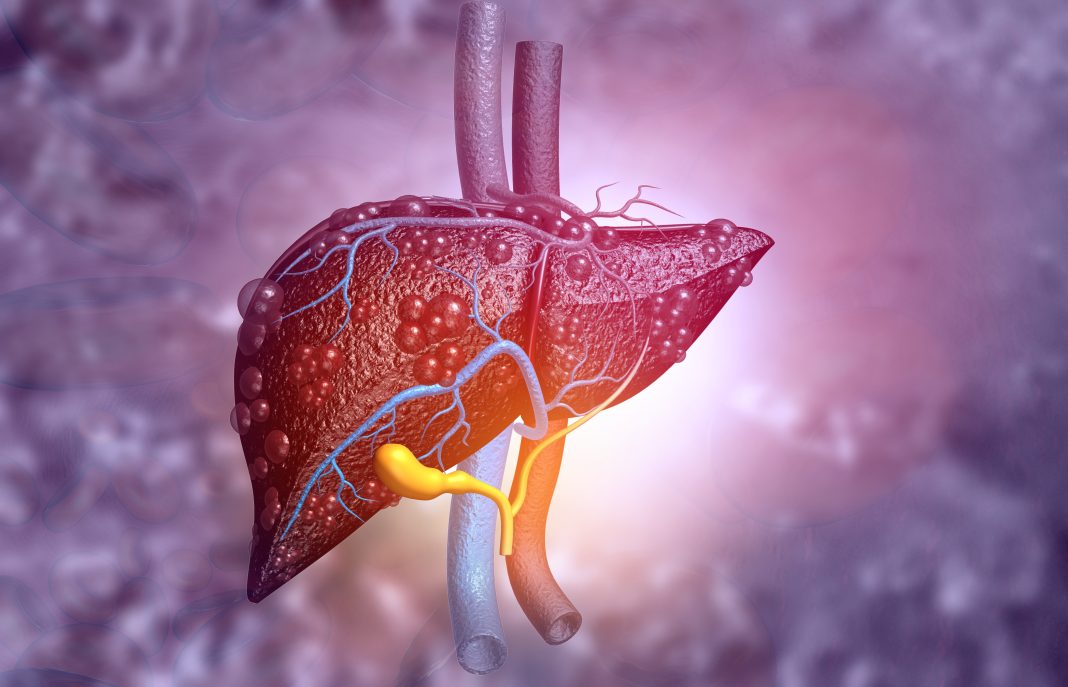Leprosy causing bacteria can reprogram cells in an adult animal to increase the size of the liver without causing damage, scarring or tumors, reports a study published in Cell Reports Medicine on November 15, 2022. Mechanistic insights from the study could be exploited to renew aging livers and regrow injured livers, reducing the need for liver transplant, which is currently the only cure for people with end-stage liver disease.
Earlier attempts to regrow livers in mice from stem cells or progenitor cells failed due to scarring and cancer that resulted from the invasive treatment. To circumvent these adverse consequences, Anura Rambukkana, a professor of regenerative medicine, and his team at the University of Edinburgh, U.K., exploited the ability of Mycobacterium leprae to partially reprogram cells, that the team uncovered in their earlier studies.
Rambukkana said, “If we can identify how bacteria grow the liver as a functional organ without causing adverse effects in living animals, we may be able to translate that knowledge to develop safer therapeutic interventions to rejuvenate aging livers and to regenerate damaged tissues.”
Like humans (and unlike mice), armadillos are a natural host for M. leprae. The team therefore decided to use armadillos as the infection model. Rambukkana’s team worked with the U.S. Department of Health and Human Services in Baton Rouge, Louisiana, to infect nine-banded armadillos with the bacteria and compared livers in armadillos infected with the bacteria to those in armadillos that were either not infected or resistant to infection. The researchers observed that the livers in M. leprae infected armadillos were larger than those in the control animals. Importantly, despite the increase in overall size, the livers in the infected armadillos were healthy and displayed the same tissue architecture as normal livers.
The researchers demonstrated that mature liver cells infected with M. leprae undergo partial reprogramming in vivo to revert into an immature state that enables them to divide and regenerate. This bacteria-induced regeneration causes the liver to grow, as it normally would, without fibrotic scar tissue caused over cycles of damage and repair, or malignancy. The investigators believe that the bacteria reprogram adult liver cells into a regenerative state, to increase the number of cells the parasite can grow and multiply within.
To confirm that M. leprae-infected liver cells truly attained a rejuvenated state, the investigators compared gene expression profiles between infected liver cells and liver cells in young animals and human fetal livers, and uncovered patterns of similarities. Genes involved in metabolism, growth and cell proliferation were expressed at high levels and those linked with aging were expressed at low levels in liver cells infected with M. leprae, as in young animals and human fetal livers. This suggests that the bacterium alters the regulation of gene expression in liver cells, returning them to an earlier progenitor state, which is capable of differentiating in new liver tissue.
Liver diseases currently result in two million deaths each year worldwide. The team hopes their discovery will help develop interventions for aging and damaged livers in humans.
The work was funded by the U.K.’s Medical Research Council and the U.S. National Institutes of Health (NIH) and National Institute of Allergy and Infectious Diseases (NIAID).



